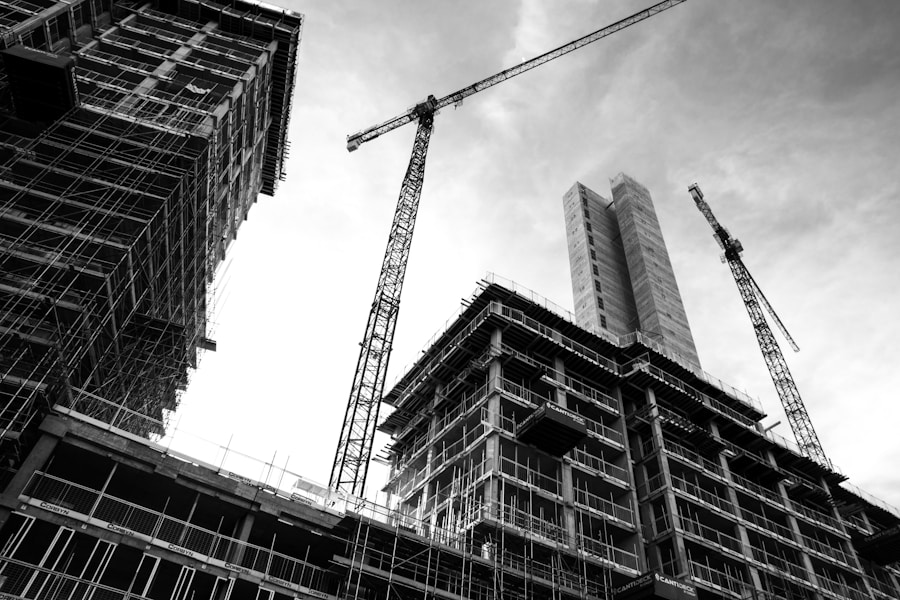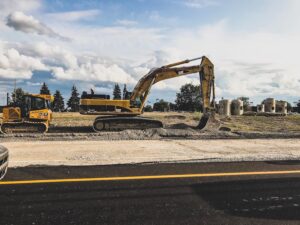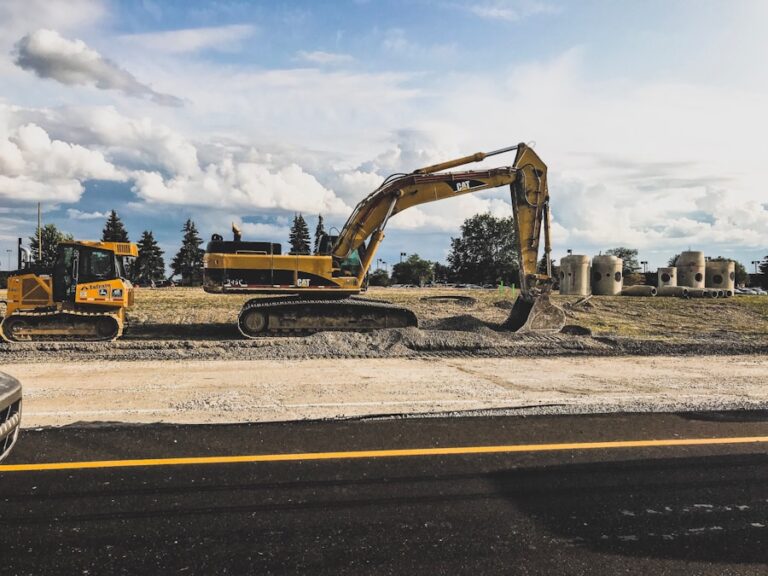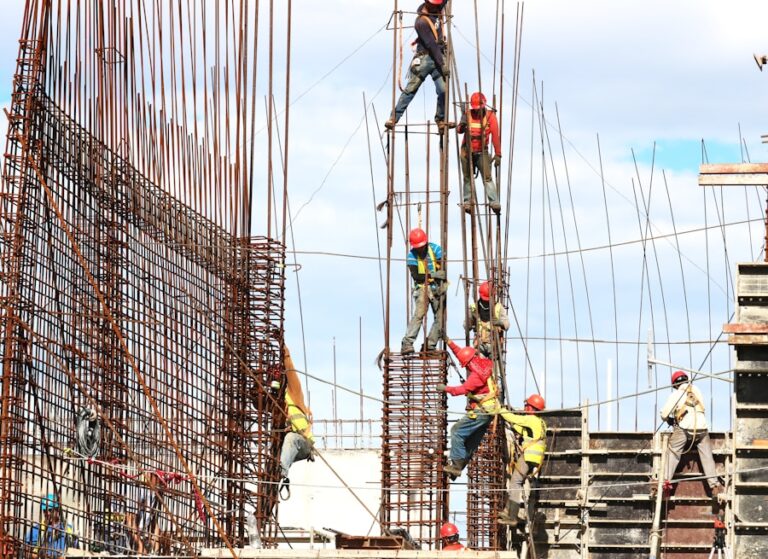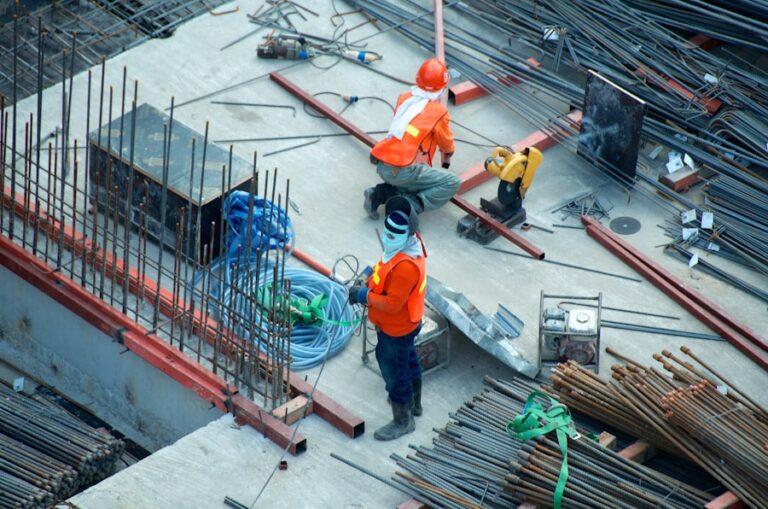When it comes to building a new home, one of the most important decisions you will make is choosing the right location. The location of your home will not only impact your daily life, but also the value of your property in the long run. When considering a location, it’s important to think about factors such as proximity to schools, work, and amenities, as well as the overall neighborhood and community. You’ll also want to consider the natural surroundings, such as views, access to parks or green spaces, and potential for outdoor activities. Additionally, it’s important to consider the potential for future development and growth in the area, as this can impact the value of your property over time.
In addition to these practical considerations, it’s also important to think about the overall feel and vibe of the location. Do you want to be in a bustling urban area, or do you prefer a more quiet and secluded setting? Do you want to be close to the water, or do you prefer a mountainous landscape? These are all important factors to consider when choosing the right location for your new home. Ultimately, finding the right location is about finding a place that not only meets your practical needs, but also feels like home.
Choosing the Right Design and Architect
Once you’ve found the perfect location for your new home, the next step is to choose the right design and architect. The design of your home will not only impact its aesthetic appeal, but also its functionality and livability. When choosing a design, it’s important to consider factors such as the size and layout of the home, as well as the overall style and architectural features. You’ll also want to think about how the design will fit into the surrounding landscape and neighborhood, and how it will meet your specific needs and lifestyle.
In addition to choosing the right design, it’s also important to find the right architect to bring your vision to life. An experienced and talented architect can help you navigate the design process, from conceptualizing your ideas to creating detailed plans and blueprints. They can also help you make important decisions about materials, finishes, and other design elements. When choosing an architect, it’s important to look for someone who has experience with similar projects and who shares your vision for your new home. Ultimately, choosing the right design and architect is about creating a home that not only looks beautiful, but also functions well and reflects your personal style and preferences.
Selecting the Right Builder and Construction Team
Once you have a design in place, the next step is to select the right builder and construction team to bring your vision to life. The builder you choose will play a crucial role in the success of your project, so it’s important to take the time to find the right fit. When selecting a builder, it’s important to consider factors such as their experience, reputation, and track record of delivering high-quality projects on time and on budget. You’ll also want to consider their communication style and how well they understand and support your vision for your new home.
In addition to choosing the right builder, it’s also important to assemble a strong construction team to support the project. This may include subcontractors, engineers, and other professionals who will play a role in the construction process. It’s important to choose a team that is experienced, reliable, and committed to delivering high-quality work. Building a new home is a complex and challenging process, so having the right builder and construction team in place is essential for ensuring a successful outcome.
Understanding Local Regulations and Permits
Before breaking ground on your new home, it’s important to have a clear understanding of local regulations and permits that may impact your project. Building codes, zoning regulations, environmental regulations, and other local requirements can all impact the design and construction of your home. It’s important to work closely with your architect and builder to ensure that your plans comply with all relevant regulations and that you obtain all necessary permits before beginning construction.
Navigating local regulations and permits can be a complex process, so it’s important to work with professionals who have experience in this area. Your architect and builder can help guide you through this process and ensure that your project is in compliance with all relevant regulations. By taking the time to understand and address local regulations and permits upfront, you can avoid costly delays and complications during the construction process.
Budgeting and Cost Control
Building a new home is a significant financial investment, so it’s important to carefully budget and control costs throughout the construction process. When setting a budget for your project, it’s important to consider not only the cost of construction, but also other expenses such as land acquisition, design fees, permits, and landscaping. It’s also important to build in a contingency fund to account for unexpected expenses that may arise during construction.
Once you have a budget in place, it’s important to work closely with your builder and construction team to control costs throughout the project. This may involve making decisions about materials, finishes, and other design elements that impact the overall cost of construction. It’s also important to carefully track expenses throughout the construction process and make adjustments as needed to stay within budget. By carefully budgeting and controlling costs throughout the construction process, you can ensure that your new home is completed on time and on budget.
Managing the Construction Process
Managing the construction process is a complex task that requires careful planning, coordination, and oversight. Throughout the construction process, it’s important to stay closely involved with your builder and construction team to ensure that everything is progressing according to plan. This may involve regular site visits, meetings with your builder and construction team, and ongoing communication about progress, challenges, and decisions that need to be made.
In addition to staying involved with the construction process, it’s also important to be prepared for unexpected challenges that may arise during construction. This may include weather delays, material shortages, or other unforeseen issues that can impact the timeline and budget of your project. By staying flexible and adaptable throughout the construction process, you can better navigate these challenges and ensure that your project stays on track.
Ensuring Quality and Sustainability
Finally, when building a new home, it’s important to prioritize quality and sustainability throughout the construction process. This may involve making decisions about materials, finishes, energy-efficient systems, and other design elements that impact the overall quality and sustainability of your home. It’s also important to work with professionals who have experience in sustainable design and construction practices to ensure that your new home is built with environmental responsibility in mind.
In addition to prioritizing sustainability, it’s also important to ensure that your new home is built with high-quality materials and craftsmanship. This may involve working closely with your builder and construction team to select materials that are durable, low-maintenance, and built to last. By prioritizing quality and sustainability throughout the construction process, you can ensure that your new home is not only beautiful and functional but also environmentally responsible and built to stand the test of time.
In conclusion, building a new home is an exciting but complex process that requires careful planning, coordination, and oversight. By taking the time to find the right location, choose the right design and architect, select the right builder and construction team, understand local regulations and permits, budget and control costs, manage the construction process, and prioritize quality and sustainability throughout the project, you can ensure that your new home is built to meet your needs and reflect your personal style while also being environmentally responsible and built to last for years to come.

